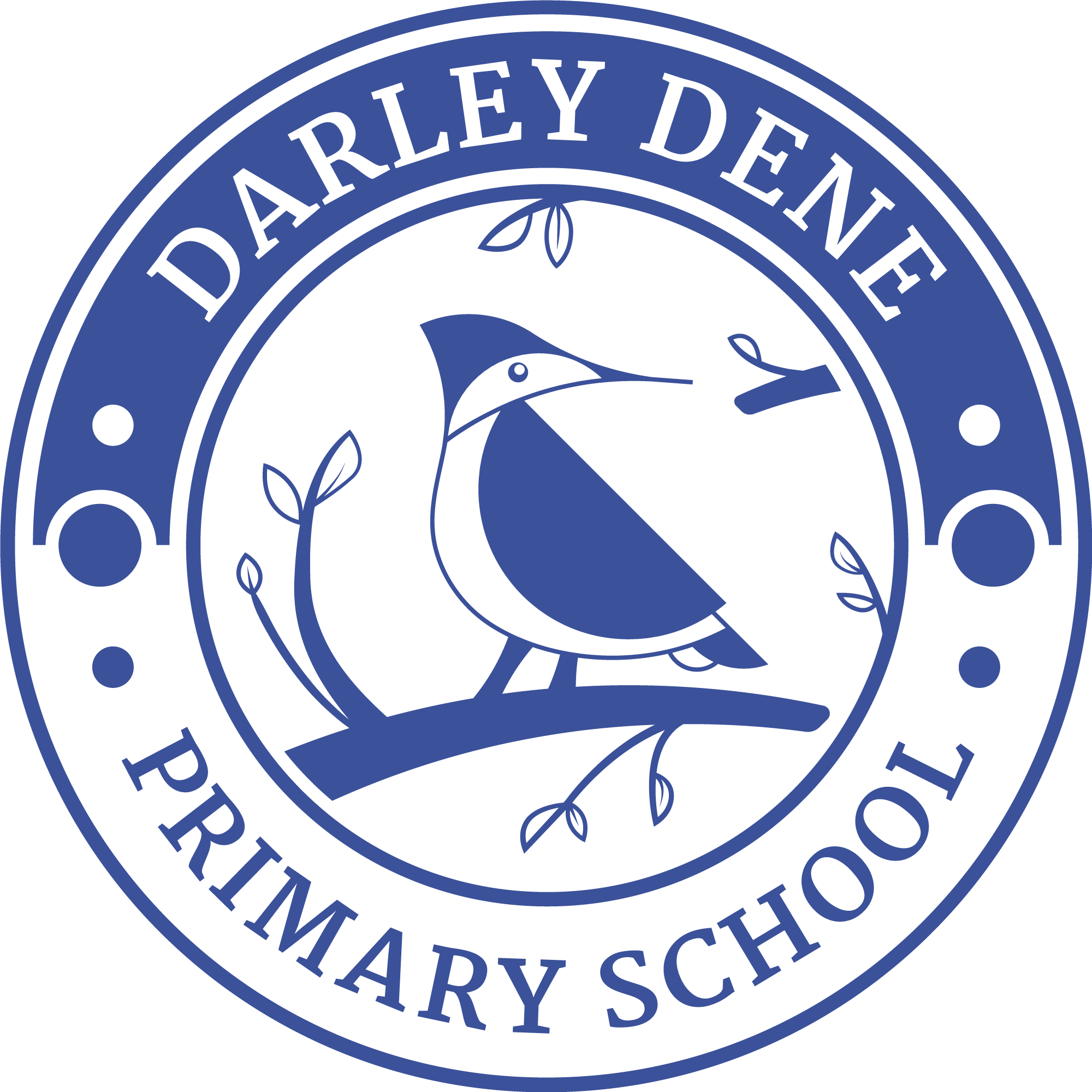Reading
Reading Curriculum
The core concepts for Reading
| Core Concepts in Reading | |
|---|---|
| Comprehension | Word Reading |
Please click on the link below to look through our Skills Progression Document.
Fluency
We want all children to have the secure phonic knowledge needed to be able to read. But being a fluent reader is so much more. We need to make teaching reading our priority so that every child can unlock all aspects of reading. When we teach reading fluency, we do just that. As Maryanne Wolfe says: ‘Reading fluency involves every process and subskill involved in reading. … [It] is influenced by the development of rapid rates of processing in all the components of reading.’
From Year 2, once a child is secure in reading Phase 5 Set 5, children will follow the Little Wandle Fluency Programme. Little Wandle Fluency teaches all aspects of reading using vibrant, diverse and engaging chapter books created by contemporary authors and illustrators. Each book has been carefully devised to support children as they progress in reading fluency through Years 2, 3 and beyond; making sure every child can become a confident, fluent and motivated reader.
The power of prosody and repeated reading
We want children to become readers who can bring the text alive in their minds and voices. ‘There is growing evidence that a significant relationship between prosodic reading and reading achievement exists, along with strong correlations with prosody and comprehension development.’ (Rasinski, 1985).
We teach prosody in every Little Wandle Fluency reading lesson, building on the familiar practice from the Little Wandle core programme reading practice sessions. We know teaching prosody helps children to understand the text at a deeper level and connect to language – it makes the meaning of the words come alive for them as readers.
The supportive teaching notes for each lesson help you to teach prosody with a clear focus, so you and the children gain a repertoire of prosody practice. In our trials, children loved this aspect of the lesson and enjoyed becoming masters of reading aloud!
‘Each time a student reads a text, their reading improves on many fronts … More importantly, when they move to a brand-new text to read, their gains “stick”.’ (Rasinski, 2018)
Each Fluency lesson includes repeated reading. We have chosen the activities we believe have the biggest impact and are easiest to implement in a group. They are:
- echo reading
- rehearsed reading
- emotion reading
- marking up texts for reading with prosody.
There are prompt cards that explain how to teach these activities as well as helpful ‘How to’ videos to help you prepare to teach prosody and repeated reading.
Fluency and reading speed
As children grow their orthographic store and become more able to read words ‘at a glance’, they will be able to read the words on the page with increasing ease and speed. But be warned: a fast reading speed alone is not a full measure of fluency. Both accuracy and prosody need to be measured too.
Research identifies the key factors of fluency to be:
- accuracy
- rate/automaticity
- prosody/expression (pauses, intonation).
(Pikulski and Chard (2005) Rasinski (2014))
Please click on the links below to look through our Skills Progression Document, as well as other useful resources.







